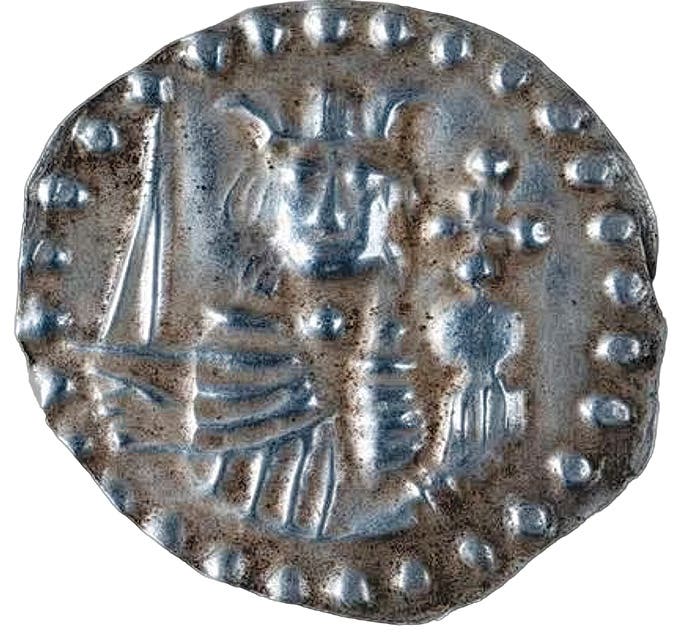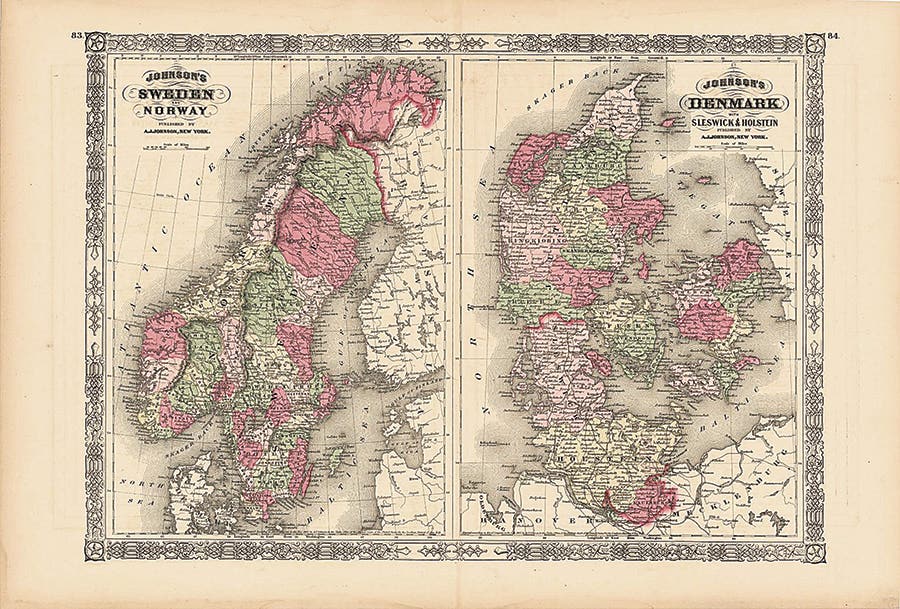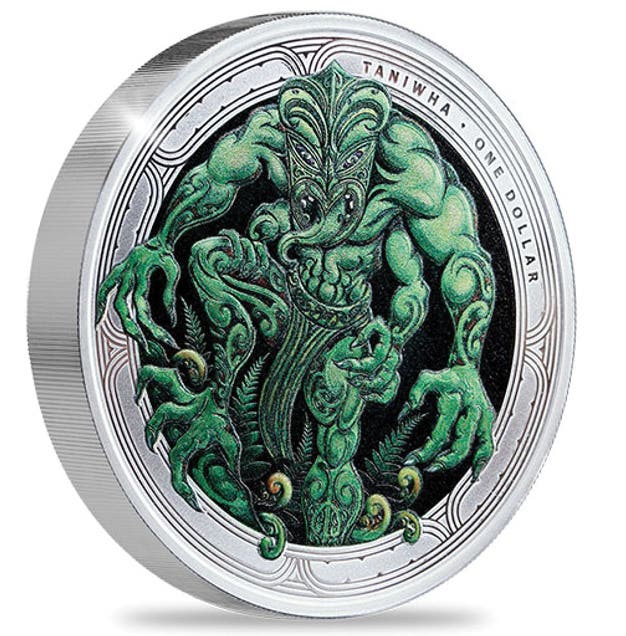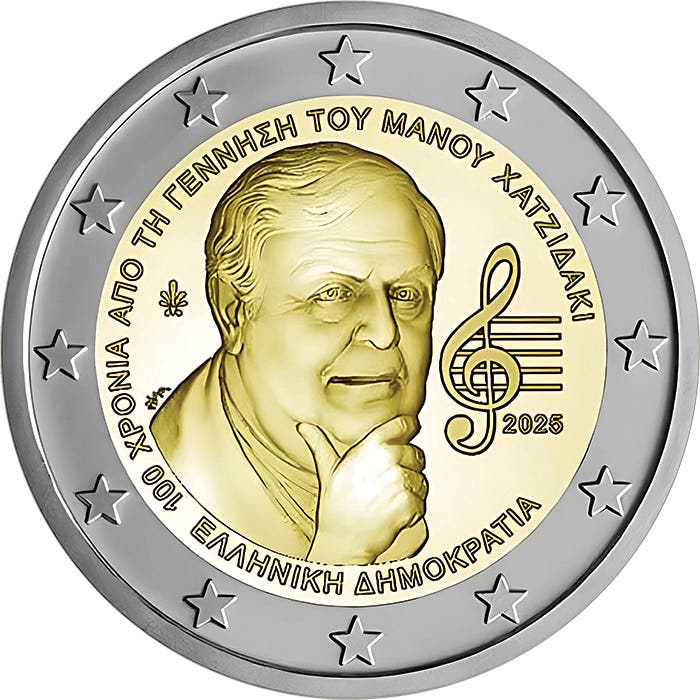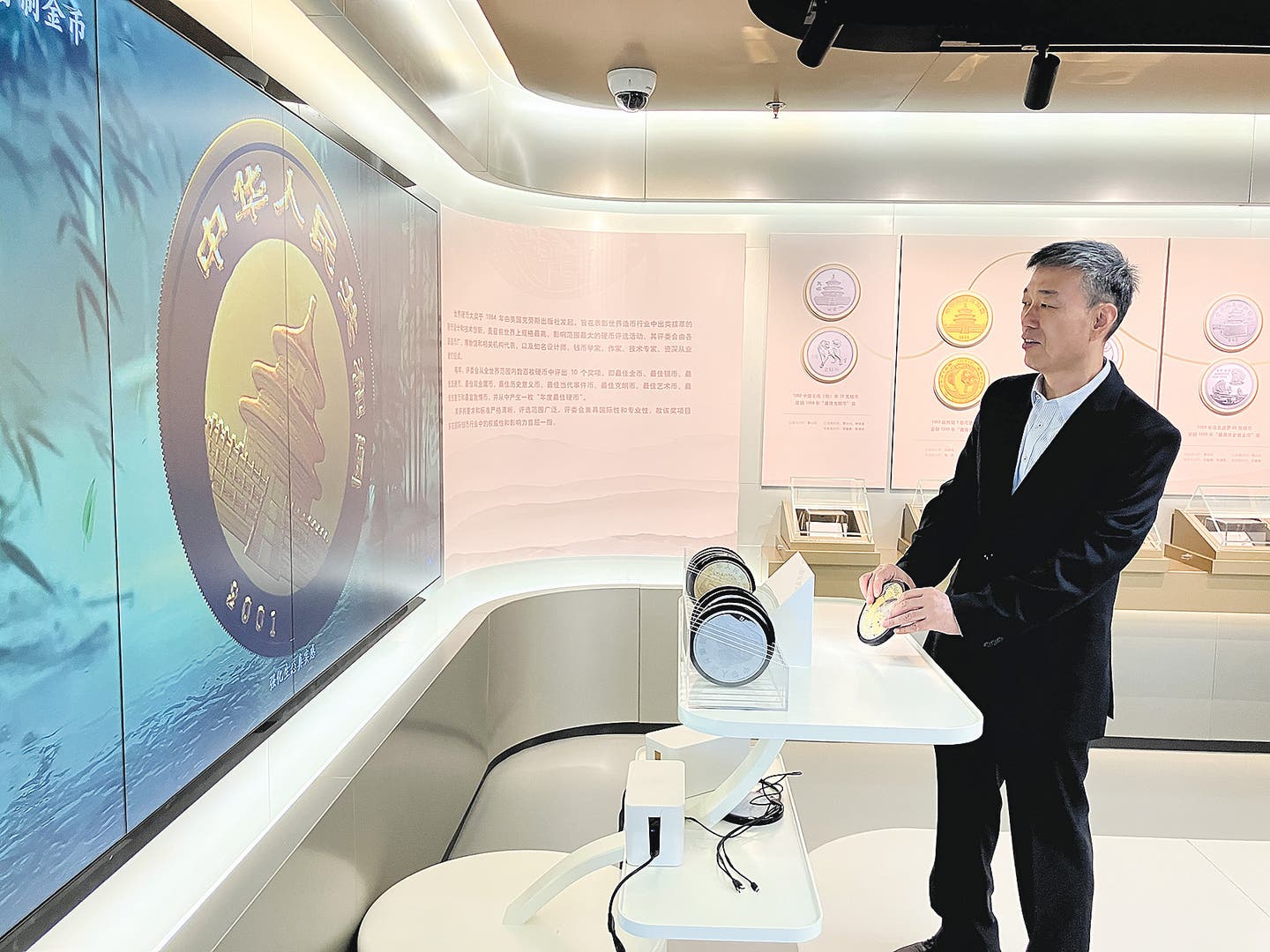Rare Gold Token Offered at Noonans’ Auction
The Best Collection of Tokens from Berkshire Will Be for Sale.
Noonans are to offer the highest value gold token struck in England––a very rare gold 19th-century 40-shilling token from Reading, Berkshire, depicting a bust of King Alfred. Dating from 1812, it is estimated to fetch £6,000–£8,000 and is being sold as part of a single-owner collection in the sale of British Tokens and Art Deco Medals at Noonans Mayfair on Tuesday, May 13, 2025, at noon.
Peter Preston-Morley, Special Projects Director (Numismatics) at Noonans, explains: “Tokens were a currency substitute issued by private individuals, merchants, and organizations when governments were not, for various reasons, issuing small change. They are mostly copper, although during the Napoleonic wars silver tokens were also made and circulated. This superb Reading gold 40 shillings was issued by philanthropist and reformer, John Monck and was bought 55 years ago. Very few of the original issue of 200 survive, however some examples must have circulated, albeit briefly and this token comes up for auction very occasionally.”
The gold token bears the name John Berkeley Monck (1768–1834), who was educated at Eton, studied law at Middle Temple, and settled at Coley Park, Reading, in 1796. A philanthropist and reformer, Monck was left a £100,000 fortune on his father's death in 1809. In determining to do something about the state of the precious metal coinage in circulation, Monck had 70oz. of standard gold coined into 40-shilling pieces by Edward Thomason’s Birmingham manufactory sometime in early 1812. Monck’s plans for a second issue, the gold for which he advertised to buy in the Reading Mercury on April 13, 1812, were abandoned after an intervention by the Prime Minister, Spencer Percival, who himself was assassinated on May 12, 1812, while leaving the chamber of the House of Commons. Monck unsuccessfully contested one of the borough seats for Reading in the general election of November 1812; he was later elected MP for Reading in 1820 and again in 1826.
The collection, titled the “Royal Berkshire Collection of Berkshire tokens, tickets and passes,” comprises 56 lots: 374 17th-century issues and 189 from the 18th to the 20th centuries. It is expected to fetch in the region of £22,000.
As Mr. Preston-Morley adds: “The collection was formed largely over a thirty-year period between 1965–1995 and is the most important and wide-ranging cabinet for the county of Berkshire that has ever been put together by a private individual. The owner, well-known to the principal dealers, diligently pursued opportunities to buy pieces from a range of sources. Even so, some 17th century issues continued to elude him so there are gaps in this section of the collection; he was, however, able to secure most of the pieces he needed from the fabled Norweb collection of 291 pieces that were not required for the National Collection and, along the way, some of the 181 tokens put together by Barzillai Lowsley, the first numismatist to study the county’s tokens in any depth. Regretfully, the county still lacks a modern illustrated reference, and one hopes that the appearance of this collection will help to lead to such a volume one day.”
Elsewhere in the collection is an even greater rarity––the companion silver 40 shillings, which is believed to be the first specimen to appear at auction since 1968 and is estimated at £1,500–£2,000 (Lot 27).
The collection includes examples from Abingdon, Bracknell, Bray, Bucklebery, Cookham, Hungerford, Lambourne, Maidenhead, Newbury, Sonning, Wallingford to Wantage, Windsor and Wokingham. Estimates range from £5 upwards.
You may also like:





